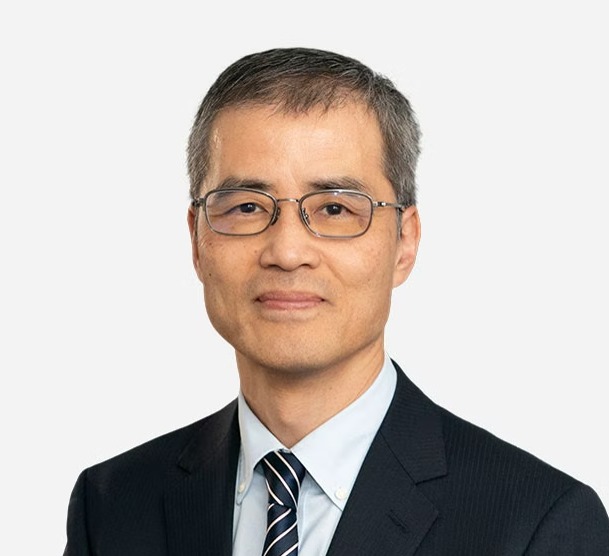IEA released a report titled “Nuclear Power and Secure Energy Transitions” in June 2022, which took a comprehensive look at nuclear energy’s role in building secure, sustainable and affordable energy systems.
There are two drivers behind this report. The first is energy security, as we find ourselves in the midst of a truly global energy crisis. The need for a diverse mix of non-fossil domestic energy resources is becoming clearer. A number of countries including Belgium, France, Japan, Korea, Poland, UK and US have taken action to boost the use of both existing and new nuclear plants as part of their energy security strategies.
The second driver is the climate crisis. The COP26 in Glasgow led to increased commitments by governments to reach net zero emissions. The IEA’s Net Zero Emissions by 2050 Roadmap (NZE) provided a key input to their thinking. These net zero pledges are also reviving interest in nuclear power.
The NZE calls for a doubling of nuclear capacity globally by 2050. To achieve this, global nuclear investment must triple over the next decade to over USD 100 billion, to both extend the lifetimes of existing reactors and to build new capacity.
Renewable sources like wind and solar will have a dominant share in the electricity mix, but with less nuclear, the path to net zero would become more technically challenging, more expensive and riskier. It would cost consumers an extra USD 20 billion per year to achieve net zero emissions by 2050 if nuclear construction fails to accelerate and lifetimes of existing reactors are not extended further.
For nuclear to make such a contribution, the nuclear industry has a lot of work to do. In advanced economies, cost overruns and delays have plagued the industry. As a result, firms in North America and Europe have lost market leadership, as 27 out of the 31 reactors that have started construction since 2017 are either Russian or Chinese designs.
For countries who opt to include nuclear as part of their future energy mix, government policies will have a critical role to play. Energy markets should fully recognize nuclear power’s low emissions and dispatchable attributes. As well, governments will need to support financing of nuclear projects. And for industry, new nuclear projects must be delivered on time and on budget. To be compatible with the NZE, construction costs need to fall to around 5000 USD per kW by 2030 in advanced economies, which is about 40% below recent 2 experience. Further cost reductions could open up new opportunities for low emissions electricity, as well as for heat and hydrogen.
Policymakers also need to support technology innovation. Small modular reactors, or SMRs, are a promising technology that has seen a recent burst of development driven by a surge in government support – with grants for SMRs now measured in billions of dollars, 10-times the level of just a few years ago. The United States, France, United Kingdom, Canada, Japan, China and Russia are leading the way, with a race for who can deliver the first competitive projects.
This article is part of the NNWI Forum 2022 series.








